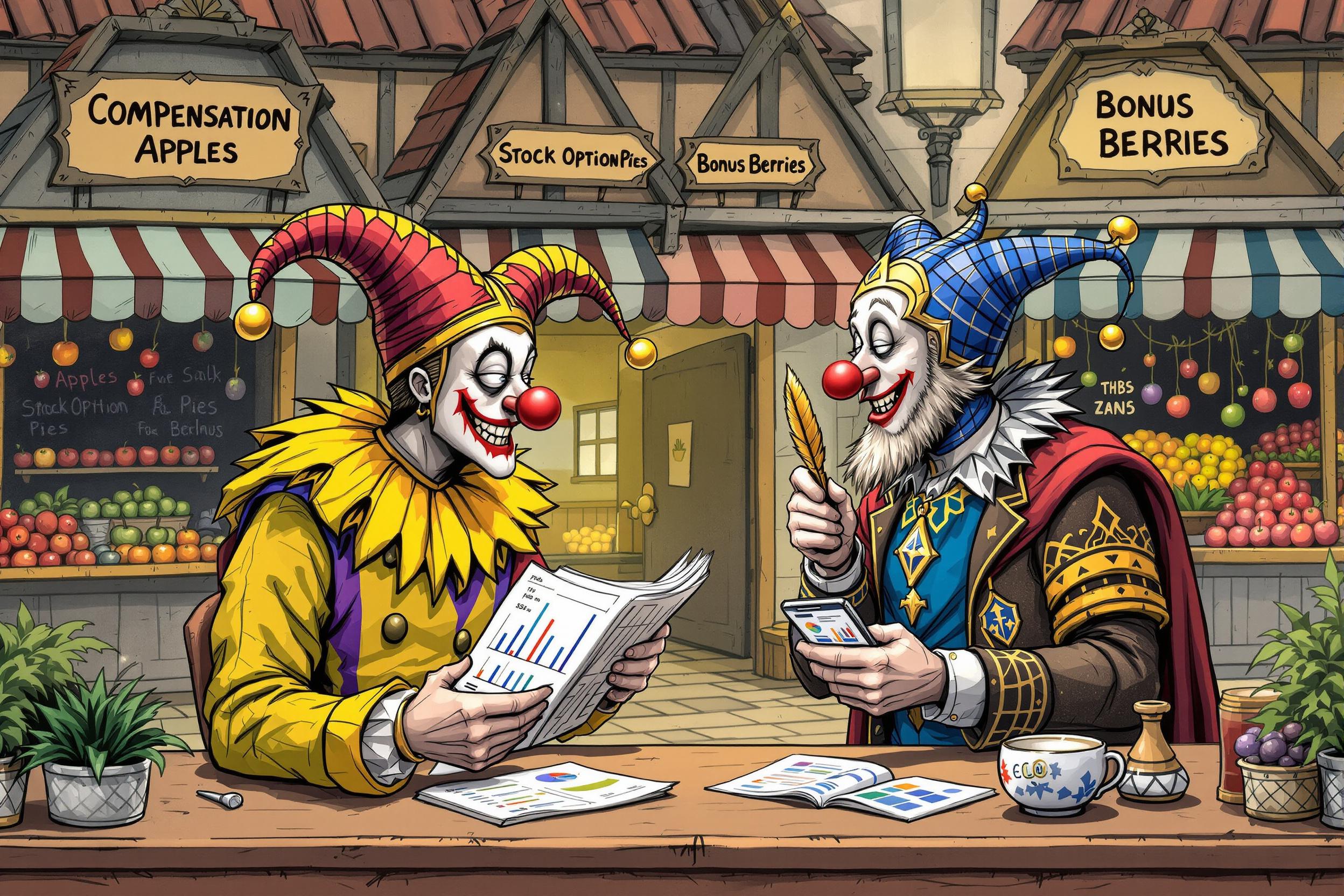
Bleed
Bleed is a printing term that refers to the extra space around the edges of a design that extends beyond the final cut line of a printed piece. Think of it like picture frame space - it's the safety margin that ensures there are no white edges when the final piece is cut to size. When someone mentions bleed in their resume or job experience, they're talking about their knowledge of preparing designs for professional printing, which is a crucial skill in graphic design and print production roles.
Examples in Resumes
Created marketing materials with proper bleed settings for high-volume commercial printing
Prepared magazine layouts including bleed areas to ensure clean edge-to-edge printing
Trained junior designers on setting up correct bleed and trim marks for print production
Typical job title: "Print Production Specialists"
Also try searching for:
Where to Find Print Production Specialists
Professional Networks
Industry Associations
Job Boards
Example Interview Questions
Senior Level Questions
Q: How would you handle a situation where a client's artwork was submitted without proper bleed?
Expected Answer: A senior professional should explain the process of working with clients to either get corrected artwork or modify existing artwork to add bleed, while maintaining design integrity. They should also mention establishing standard procedures to prevent such issues.
Q: What quality control processes would you implement for managing bleed in high-volume print jobs?
Expected Answer: Should discuss implementing checkpoints in the workflow, preflight procedures, and how to train team members to catch bleed-related issues before they become costly mistakes.
Mid Level Questions
Q: What is the standard bleed size for different types of printed materials?
Expected Answer: Should know common bleed measurements (typically 0.125 to 0.25 inches) for various print products like business cards, brochures, and posters, and explain why they might vary.
Q: How do you ensure proper bleed setup when working with multiple-page documents?
Expected Answer: Should explain checking document settings, using master pages or templates, and maintaining consistency across all pages of a document.
Junior Level Questions
Q: What is bleed and why is it important in printing?
Expected Answer: Should be able to explain that bleed is extra image area beyond the trim line to prevent white edges, and why it's necessary for professional printing results.
Q: How do you add bleed to a document in common design software?
Expected Answer: Should demonstrate basic knowledge of setting up bleed in programs like Adobe InDesign or Illustrator through document setup or export settings.
Experience Level Indicators
Junior (0-2 years)
- Basic understanding of bleed and trim marks
- Setting up simple documents with proper bleed
- Knowledge of standard bleed measurements
- Basic file preparation for print
Mid (2-5 years)
- Managing complex print projects with various bleed requirements
- Troubleshooting common bleed-related issues
- Training others on proper bleed setup
- Quality control procedures
Senior (5+ years)
- Developing standard operating procedures for bleed setup
- Managing high-volume print production
- Problem-solving complex printing challenges
- Leading print production teams
Red Flags to Watch For
- No understanding of basic printing terminology
- Inability to explain the purpose of bleed in printing
- No experience with professional design software
- Lack of attention to detail in file preparation
Need more hiring wisdom? Check these out...

Recruitment in the Fast Lane: How to Adapt Hiring Practices in the Blink of an Eye

Cutting HR Costs Without Sacrificing Quality: A How-To for Savvy Executives

Why Easy Apply Is Breaking The Job Market (And What To Do About It)

